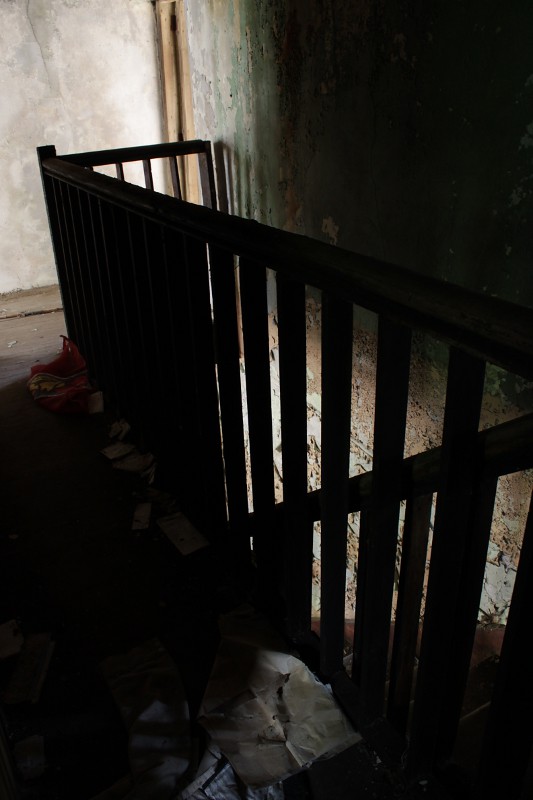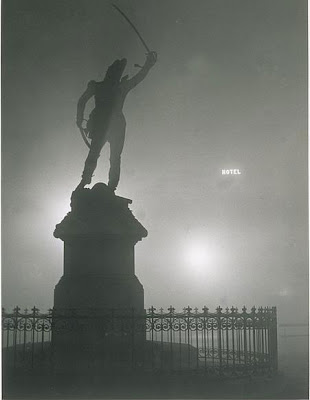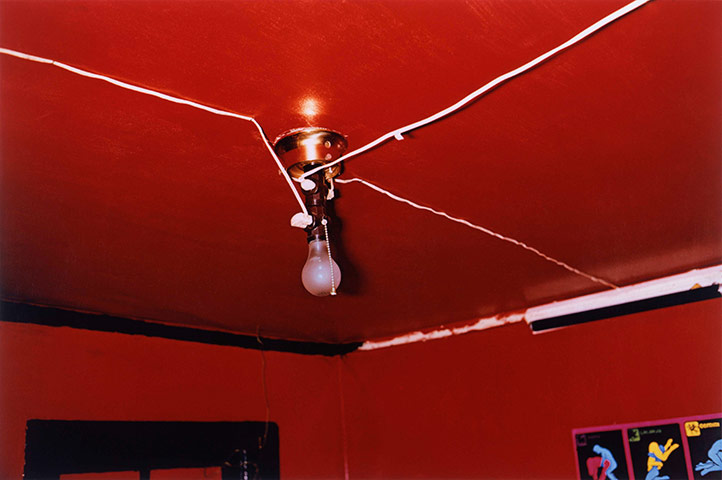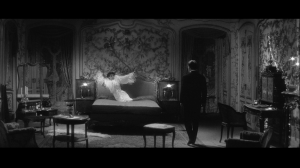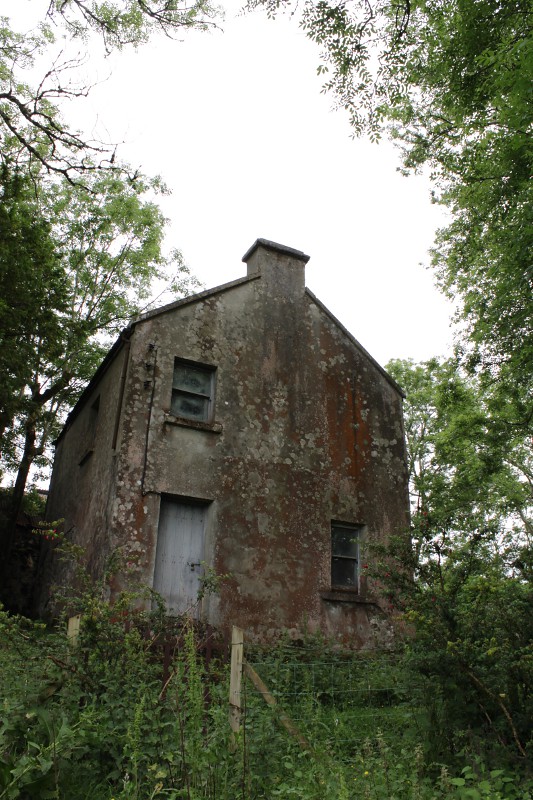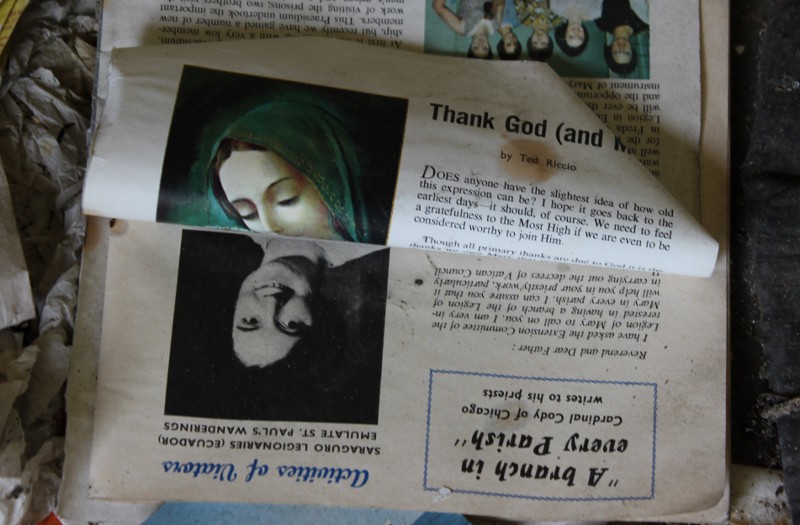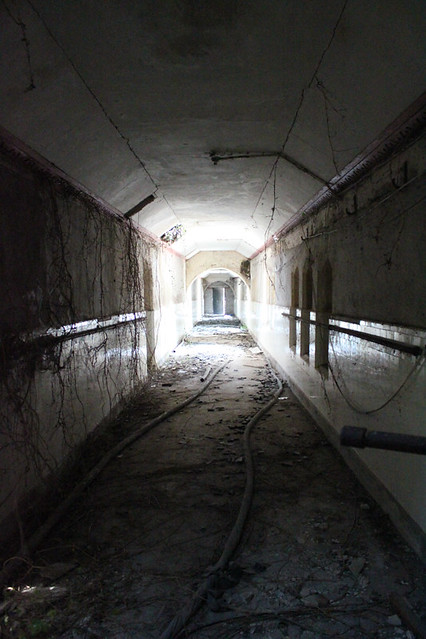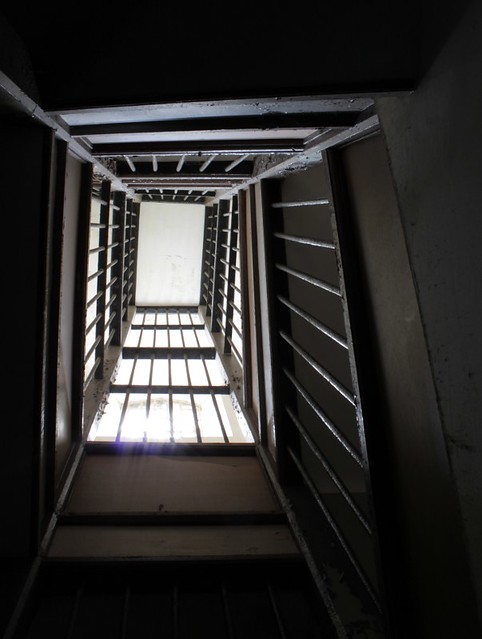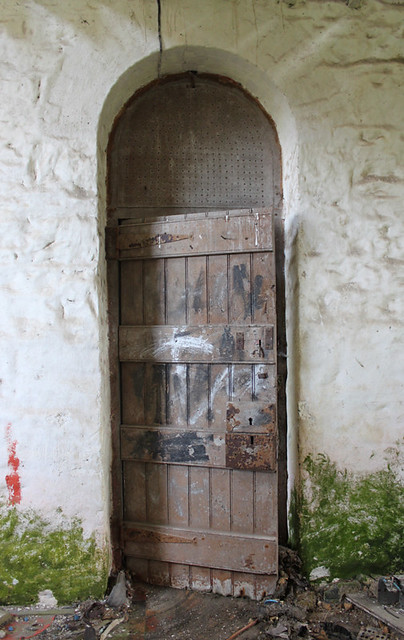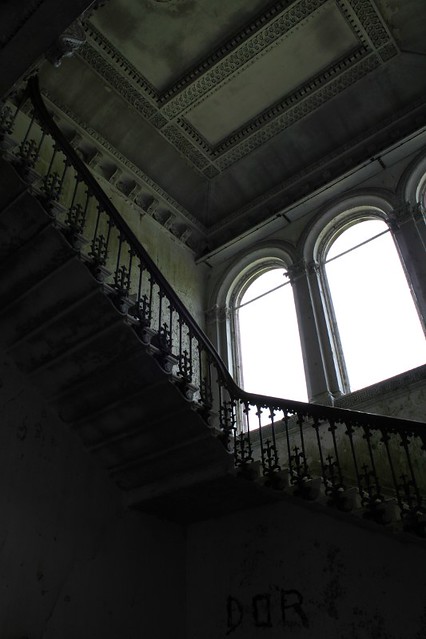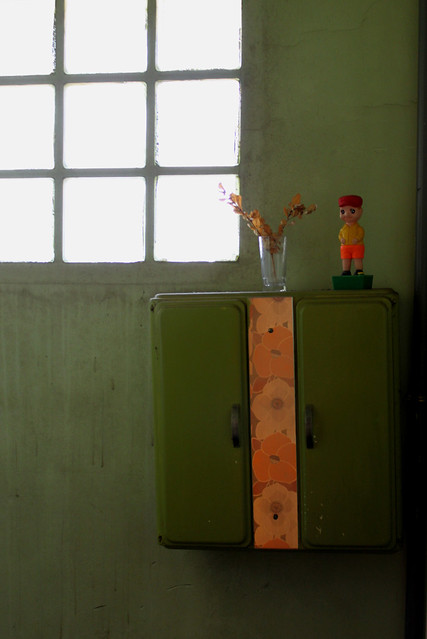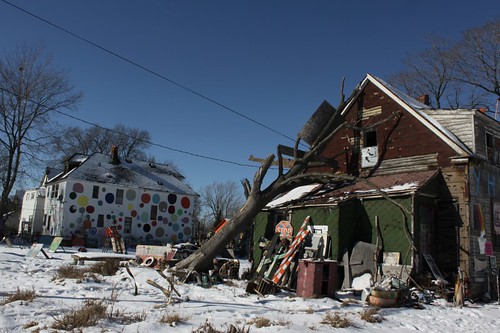An assessment criteria for Unit 2 of the MA is showing we pursued strategies for professional development. I’ve applied to 3 Phd or equivalent (at UAL, Brighton University and Le Fresnoy in France) and, though I did not get into any of them, the application process gave me the opportunity to do some research that eventually enriched my critical awareness, and to gain experience pitching my ideas at interviews.
UAL PhD application
First, I applied to a Phd at UAL with the subject below. I made it to the interview stage, and the interviewers seemed interested in my proposal, especially when I explained that, as far as I knew from researching my MA research paper, there was currently no specialised literature on the subject (such as a dedicated book), but rather little bits of knowledge about it were scattered in general books about a particular director or film. I explained that the closest to a specialised book I found was ‘Film: a sound Art’ by Michel Chion which compiled the meaningful use of sound design to express abstract ideas or feelings, but no equivalent book existed for the visual part of moving image as far as I knew, and that’s what I would like to do as my thesis. The interviewers however expressed concerns that my subject matter, dealing with moods and potentially dark psychological states, could be daunting as a Phd subject, a Phd being in itself a stressful enterprise. In final, I did not get in because UAL was unable to assemble a supervision team.
Title
Using moving image to represent subjective experiences that trigger emotional responses in the viewer.
Subject Area, Aims and Objectives
Research how a viewer perceives, is influenced by and reacts to moving image works, and which parameters of moving image, such as particular audio-visual characteristics, carry emotional meaning and may trigger specific reactions in the viewer. Then use these theoretical findings to create a new body of moving image work (as short film and/or video art) especially designed to invite the viewer to experience the subjective point of view depicted on screen on an emotional or subconscious level, rather than solely on an intellectual and critical level. In particular, I am interested in making work that confront the viewer with feelings they may usually prefer to ignore such as confusion, delusion, fear or alienation. This may be done by using moving image to simulate feelings of spatio-temporal distortion, claustrophobia and disorientation.
Aims
Research how to use moving image to represent subjective perception and affect the viewer emotionally.
Create a body of work (short film and/or video art) making practical use of those theoretical findings.
Objectives
Survey creative choices of film makers/video artists who focus heavily on creating a particular mood in their work. Look for recurring technical tricks.
Research the psychological mechanism of audience response to moving image.
Look for possible correlation between the creative choices of artists and the physical parameters that trigger specific responses in the audience.
Deduct meaningful aesthetic choices that may help eliciting a specific response in the audience.
Decide which type of moving image (short film/video art, narrative/purely visual, fiction/documentary) is most promising to explore particular subjective experiences.
Use meaningful aesthetic choices within moving image works in order to convey these subjective experiences more effectively to the audience.
Brighton University PhD application
Brighton University had AHRC funding only for a Phd in photography, so I modified my UAL proposal to include photography. They welcomed Phds dealing with the link between photography and moving image, and photography and space, so the subject was a good fit, even though I had a concern that dealing with 2 media may be a bit much for a 3 year project. It was a very competitive award with one funded place only, and I did not get shortlisted. I could have put the project forward for self funded study, and I could possibly have been shortlisted for a non AHRC Phd, but I chose not to pursue this because, should I go down the route of a self-funded part-time Phd, I would rather go back to my original UAL proposal with moving image only. The only reason I had modified it to include photography too was to qualify for the AHRC award. There are two reasons I would rather do a moving image Phd. First, I think working in two media would make the project too ambitious for 3 years (or 5 years part-time). And, more importantly, when I did some critical research during the MA, I found out that my practice of photography was quite intuitive and that, while I benefited from purely technical study to improve my photographic practice, I did not feel that critical study changed or deepened my relationship with the medium. On the other hand, I found that critical and theoretical study (particularly my research paper) improved a lot my understanding of moving image, and dramatically changed the way I used the medium. So a Phd in moving image would be more useful, since it would lead me to do deeper theoretical research.
Title
Subjective Space in Photography and Moving Image.
Overview of the Project
During my MA, I found out that my own interest in the representation of space as psychologically charged was shared by many practitioners in photography and moving image. Yet, critical books dealing with the subject of space or place usually consider them under the documentary or political angle. Anthony Vidler is the only scholar linking space perception and mental states, and his critical work is mostly about architecture, not the representation of space in lens-based artworks.
I would like to correlate knowledge from psychology about audience response to lens-based images with aesthetic choices made by lens-based artists with strong interest in the subjective perception of space, in order to find out whether their aesthetic choices are arbitrary or scientifically designed to trigger a deep involvement of the audience on a subjective and intuitive level. I would then apply these techniques found to be meaningful to my own practice in the hope that it deepens the viewer’s emotional involvement and intuitive interaction with my lens-based work.
Research Questions
Aims
Research how subjective space is presented in moving image.
Research how subjective space is presented in photography.
Create a body of work in photography and moving image (short film and/or video art) making practical use of those theoretical findings.
Objectives
Research the psychological mechanism of audience response to photography.
Research the psychological mechanism of audience response to moving image.
Survey creative choices of film makers/video artists who focus heavily on creating a cinematic mood in their work. Look for recurring technical tricks.
Survey creative choices of film photographer who focus heavily on creating a moody atmosphere in their work. Look for recurring technical tricks.
Look for possible correlation between the creative choices of artists and the physical parameters that trigger intuitive or emotional responses in the audience.
Deduct meaningful aesthetic choices that may help eliciting a specific response in the audience.
Use meaningful aesthetic choices within my own lens-based work in order to convey a subjective experience more effectively to the audience.
Le Fresnoy application
The last thing I applied to was Le Fresnoy Studio National des Arts Contemporains in Lille (France). It is not a Phd, but rather a 2 year programme of professional and practical training one does after a Master. Students have access to a professional budget to produce 2 works, in lens based media or installation the first year, and in digital art the second year. I got to the interview stage but was not selected.
Below were my original proposals for the 2 years, as presented in the original application form:
Proposed work for the first year
In the first year, I would like to make my first narrative short film. Researching my paper gave me the desire to move away from purely visual video-art and experiment with narrative in order for the images to depict more explicitly a subjective viewpoint. I have started writing a short script about a man who, feeling crushed by a life he judges meaningless, seizes the opportunity to escape. But soon his own guilt at having neglected what he considers his responsibilities causes him to throw his one chance away, and self-destruct. I am aiming to keep the number of characters down, and to represent the scenes visually in my mind as I write them, in order to ensure that they can be filmed in natural locations with ‘noir’ lighting, so that the cost is kept minimal and the project is realistic in a school context (and with a school budget). I am aware the story is heavily influenced by David Lynch, but this is my first attempt at writing an original story, and I am very open to it changing as I gain experience and knowledge, both by trial and error and through mentoring by experienced artists. Also, the downfall of Lynch’s characters is usually triggered by an external event (in both Lost Highway and Mulholland Drive, the main character goes criminal because their lover has been unfaithful) whereas I would like to tell the story of a character driven to self-destruction solely by their own feelings of guilt and repression.
Proposed work for the second year
In the second year, I would like to create an immersive audio-visual installation, similar to Eija-Liisa Ahtila’s Talo, but as an environment that reacts to the viewer’s actions to increase their feeling of identification and involvement, rather than as a purely descriptive installation. This could be done using sensors that would command the sound design and the displayed visuals to change when the viewer moves or looks in another direction. In particular, I would like to simulate an environment that would confront the viewer with feelings they may usually prefer to ignore such as confusion, delusion, fear or alienation. This may be done by using audio-visual stimuli that simulate feelings of spatio-temporal distortion, claustrophobia and disorientation, or trigger instinctive emotional responses.
And a shortened 10 lines proposal for the interview:
1st year: narrative short film where the cinematic mood is carefully crafted to reflect the character’s subjective experience in the tradition of David Lynch. I have a draft in-progress story of a character driven to self-destruction solely by their own feelings of guilt and repression, not by an external trigger. I would probably shot in HD video, with natural ‘noir’ lighting, to achieve an atmospheric look at low cost.
2nd year: immersive audio-visual installation that reacts to the viewer’s actions. Sensors could respond to movements and vocal triggers from the viewer, and control the sound design and displayed visuals accordingly. The environment could confront the viewer with feelings they may usually prefer to ignore by using audio-visual stimuli that simulate feelings of spatio-temporal distortion, claustrophobia and disorientation, or trigger instinctive emotional responses.
I felt the interview was more awkward than at UAL, even though I can’t really pinpoint why. At UAL, even though I was not selected, I felt that the interviewers really engaged in a dialogue with me, understood my process, and that the concerns they voiced were pertinent. At Le Fresnoy, I had the subjective impression that communication with the panel of interviewers was not really on the same level, even though the interview flowed smoothly and politely with questions and answers. It is a purely subjective impression, but I felt the interviewers seemed a bit puzzled that I was interested in mood and communication with the audience on an intuitive or subjective level, rather than in a ‘theme’ or a ‘message’. I felt they did not quite know how to handle my subject and therefore struggled to engage in a dialogue with me.
One mistake I made entirely by myself (and realised afterwards) is that I had a tendency to anticipate possible criticism made to me, and address them in advance. My biggest worry was that my first year project was heavily influenced by David Lynch’s ‘Mulholland Drive’ and Ingmar Bergman’s ‘Persona’, and I stated this pre-emptively, so as not to look like a vain young artist who is unaware she is reinventing the wheel! The interviewers did not seem to understand why I was concerned about my project being influenced by someone else’s work. Indeed, when I watched work from graduating students at the degree show, someone made a short film very similar in look and atmosphere to the recent wave of Spanish psychological horror movies, and obviously, the school judged it to be a perfectly acceptable project since they produced it. So, on this point, I was simply too critical about myself. Next time, I will know not to anticipate criticism, but rather wait for them to come.
In any case, the interviewers could not see the link between my story pitch and ‘Mulholland Drive’ or ‘Persona’, but instead, one interviewer said it was very similar to ‘Blue Angel’ with Marlene Dietrich. I was a bit taken aback because, although ‘Blue Angel’ is a film I love, I could not see a relation apart from a very superficial surface plot. For me, fair enough the plot was similar (a love obsession that ends badly), but the treatment was totally different: ‘Blue Angel’ was a dark social satire whereas my script was a psychological thriller. Sadly, the concept of ‘plot’ vs. ‘treatment’ only came to my mind after the interview! If I had thought of explaining things that way immediately, I would have made myself clearer. Instead, I tried to explain why I did not see the two stories as related, but, because it was a question that had never crossed my mind before, I was not very clear about it. I said that, while in ‘Blue Angel’, the object of love (Marlene) remains an object of obsession completely exterior to the hero, in my pitch, the object of love is a projection of the hero’s thwarted ambitions, an embodiment of what he wishes he could be. Thinking backwards on it, I think the main reason I was unable to defend my story in a more articulate way is that I was very shy and insecure about it. I have never written an original story before, and had not talked about it to anyone, so pitching it in front of the panel was the first time I ever presented it to other people. And I am aware I lacked some guts and presented it in a vague way on purpose, in order to tone down the more controversial elements in it. Next time I pitch it, I should make it clear that the story deals with the theme of the double, and that there is a deliberate ambiguity as to whether the object of love is a second character or a projection of the hero’s idealised self. The story as I see it can be read both as a tragic love story, or a psychological battle inside the hero’s mind between his sense of duty to social norms and his ambitions and desires (the supergo vs. the Id). Both interpretations are acceptable and it is for the viewer to choose (or not). I did not have the guts to make this clear because the script is still a draft and I am still insecure about it, so I toned it down on purpose, inviting misunderstanding from the interviewers. Next time, I’ll just go for it because it’s better to have your pitch rejected because the panel does not like it, rather than because they do not understand it.
Another point of slight contention during the interview was that I started explaining that I would probably shoot the film in HD video because it offered the best compromise between a cinematic look and a low budget. The interviewer waved me off, saying it was ‘just techniques’ and he was not interested in it, just in my concept. I don’t consider my talking about technique a mistake: I did it not because I am obsessed with pure form over concept, but to show that I had done my homework properly, that I had read books about how to produce your first short film (‘Making short films’ by Clifford Thurlow) and researched the budget constraints, and the best practical solution to obtain a professional look with a low budget. I wanted to come across as a responsible, realistic person rather than as a dreamer with unrealistic expectations of infinite budget. I still believe this approach was not a mistake and that it may pay off should I pitch my project again for private funding or a grant. I think the reason the interviewers reacted badly to it was purely because of a culture shock: the school gets huge funding from the French government and students are given professional budgets on a scale that you do not see in any other school, so they are not used to worry about money, and they did not understand that it was what I was doing.
However, the interview was a very valuable experience, the first time I pitched a potential narrative work. Writing my research paper gave me the desire to explore narrative, and I would like to continue working on my script after the MA and try and find a way to shoot it as an independent filmmaker. Many people self produce their first short film and that’s something I’m considering for next year, should I find a way to join an independent filmmakers’ group or coop for mutual support and possibly mentoring.



